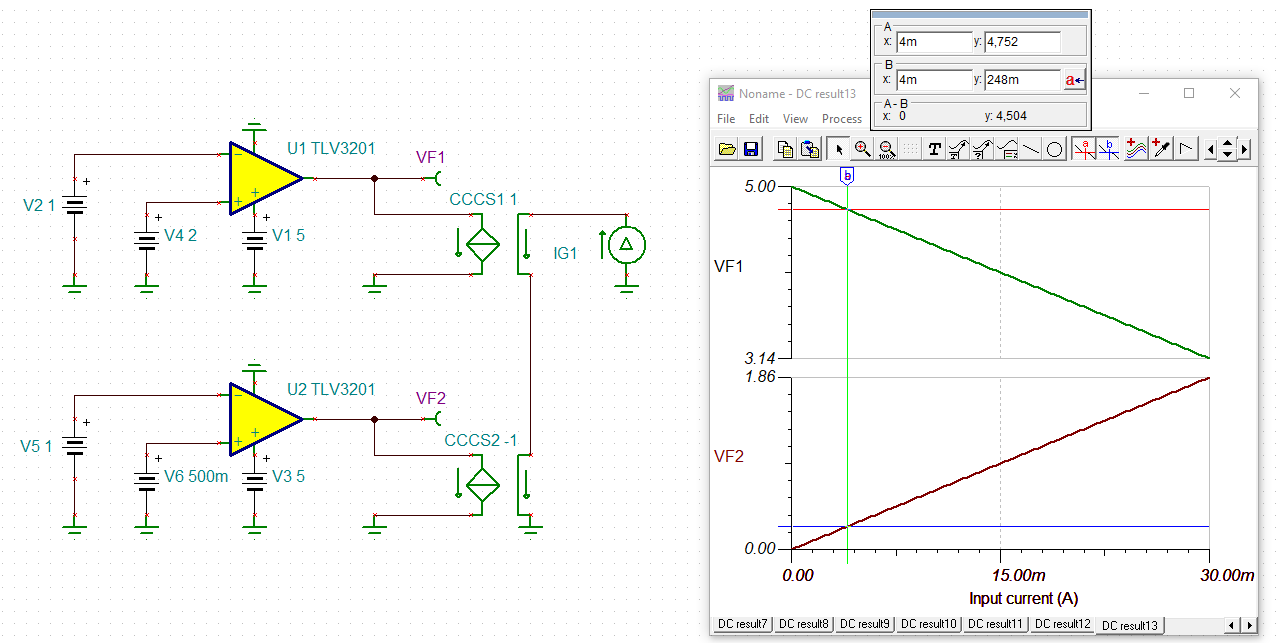Other Parts Discussed in Thread: TINA-TI, TLV3201
Hi Team,
Can you help explain how to calculate the VOH and VOL of this device at any temperature? Can you help me with these? Is there an application note that I can check?
I searched and found the documents, Amplifier Input Common-Mode and Output-Swing Limitations and Understanding Operational Amplifier Specifications but It is still unclear to me after reading.
Thank you.
Regards,
Marvin




